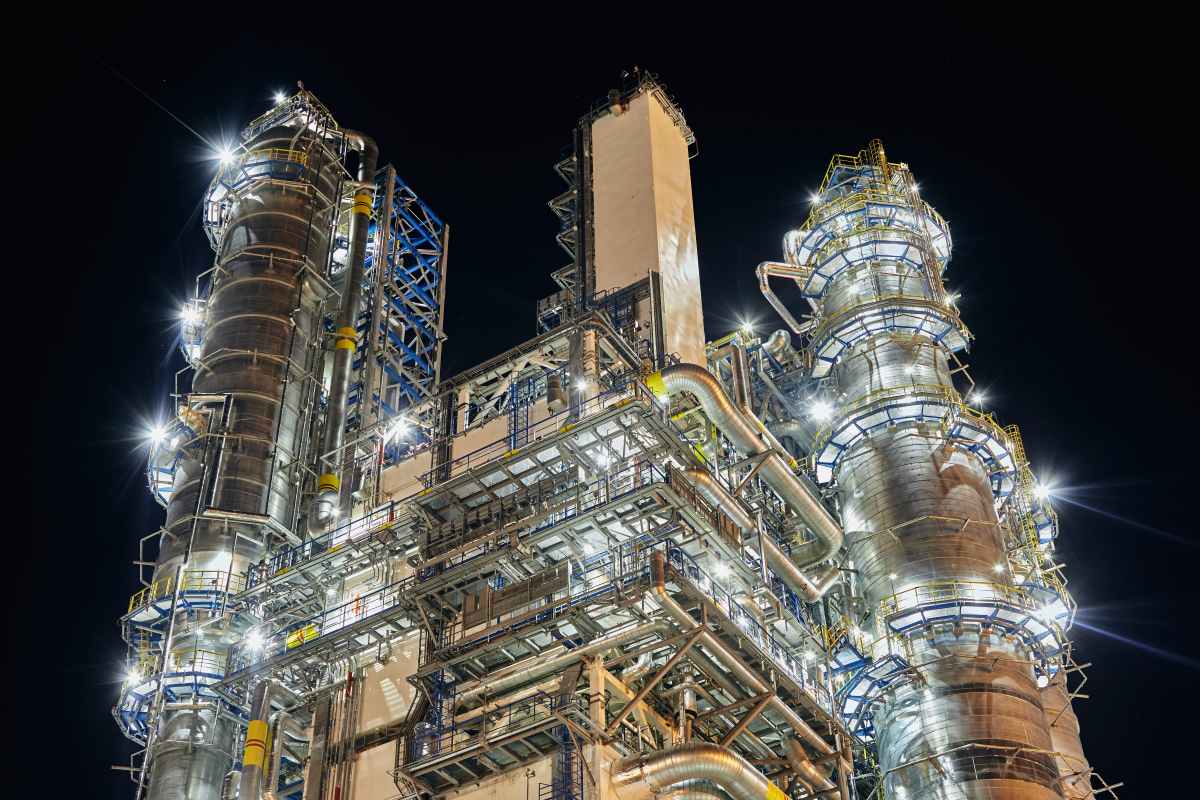Russia is betting big on liquefied natural gas (LNG) as fuel for the transportation industry, with the goal of increasing domestic consumption from 2.5 billion cubic meters to 14 billion cubic meters per year over the next 10 years.
First Deputy Minister of Russian Energy - Mr. Pavel Sorokin - affirmed that this is an ambitious development strategy in the period up to 2035.
Mr. Sorokin said: According to the orientation for developing fuel and gas for transportation by 2035, LNG consumption in the form of engine fuel can increase from the current level of about 2.5 billion m3 to 14 billion m3 per year. This is an expected forecast.
If we follow a more conservative scenario, LNG consumption could still increase by at least 3.5 times, reaching about 8-10 billion cubic meters per year, a figure that is still very significant in the context of Russia expanding its domestic LNG infrastructure and looking to adapt to fluctuations in energy exports.
Instead of continuing to pour money into LNG fuel filling stations, which were a priority in the early stages, the Russian Energy Ministry now wants to shift support to LNG vehicle manufacturers. Mr. Sorokin emphasized that this can be done through financial leasing programs to help businesses and consumers more easily access LNG-powered vehicles.
From 2018 to present, the subsidy program of the Ministry of Energy has helped double the number of gas filling stations, reaching about 1,670 points nationwide. However, according to experts, developing infrastructure alone is not enough to comprehensively promote the market. LNG vehicles are still limited in types, high cost and lack attractive financial policies for buyers.

Russia's promotion of domestic LNG consumption comes amid Western sanctions that continue to tighten the country's energy exports, especially to Europe. While large LNG export projects such as Arctic LNG 2 are struggling due to lack of high-tech equipment and financial constraints, the domestic market is emerging as a potential "lifeline".
According to experts, with huge reserves of gas and increasingly developed rail and road infrastructure, LNG could become a transitional fuel as Russia reduces its dependence on oil.
However, to achieve the target of 14 billion cubic meters by 2035, Russia will face many challenges, from the cost of converting vehicles, standardizing equipment, to training technical human resources. The LNG market is still small, mostly concentrated in big cities or industrial parks.
In addition, balancing domestic demand and LNG exports - which still bring in important foreign currency revenue - is also a problem that the Russian government needs to solve skillfully.











